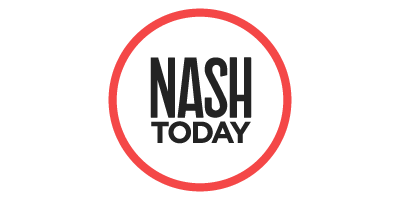Nashvillians gave Mayor Freddie O’Connell’s $3.1 billion transit plan the green light, paving the way for years of transportation upgrades and changing how residents get around the city.
First, here’s how the “Choose How You Move” vote shook out, according to unofficial results from the Davidson County Election Commission:
- For | 65.5% (183,108 votes)
- Against | 34.5% (96,305 votes)
The roadmap
The approved half-cent sales tax increase, which will help fund the plan, is set to take effect on Feb. 1. Although the broad timeline for the transit plan extends to 2039, work could begin in the coming months:
Year 1:
Initial work will involve WeGo service enhancements, safety and lighting updates, sidewalks improvements, and traffic and signal upgrades. Meanwhile, the team will work to advance key projects into planning and design phases.
Years 1–3:
During this period, expect increases in bus frequency and service hours, as well as more sidewalks and bike lane improvements. “Choose How You Move” projects will move through planning, design, and environmental reviews, with construction spread over time to avoid overlapping major projects.
Years 4 and beyond:
Work on All-Access Corridors — Nashville’s most heavily traveled pikes and roadways — will begin to take shape with some rapid transit routes and safety improvements. Two phases will be completed first, while more complex corridors move through planning and design. The plan also includes 12 new transit centers.
View the conceptual schedule.
What’s being said
“This is more than just a transit plan,” said Mayor O’Connell. “What Nashvillians can look forward to are sidewalks that connect to one another, traffic lights smart enough to keep the maximum amount of traffic flowing, and a transportation system that is convenient, accessible, and truly works for the people. It’s about improving safety and mobility in every corner of the city —something Nashville hasn’t seen in decades.”











